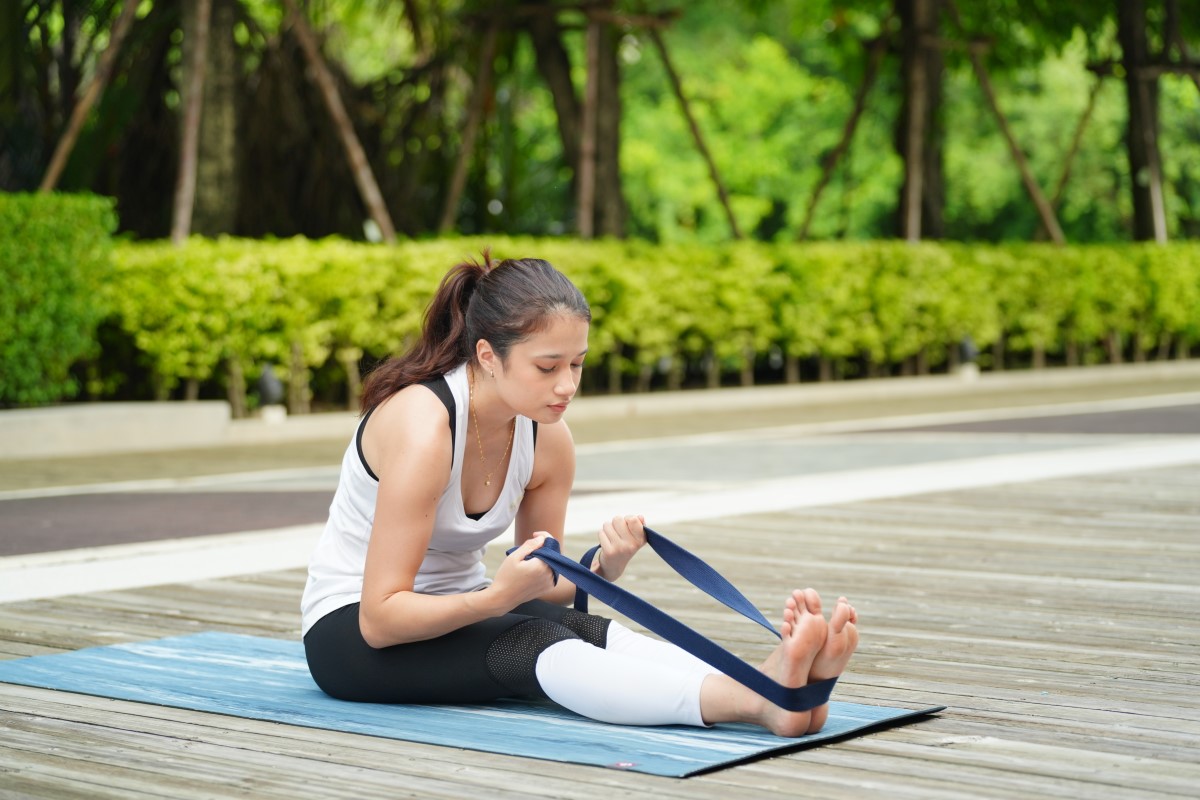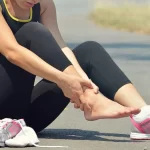Are you tired of starting your day with stabbing pain in your heel? Or perhaps you find yourself limping after sitting for too long? If so, you might be one of the millions suffering from plantar fasciitis. But fear not! With the right exercises and stretches, you can ease your discomfort and get back on your feet in no time as part of your Plantar Fasciitis treatment.
What Is Plantar Fasciitis?
Before we dive into the exercises and stretches, let’s first understand what plantar fasciitis is. The plantar fascia is a thick band of tissue that runs along the bottom of your foot, connecting your heel bone to your toes. When this tissue becomes inflamed or irritated, it results in the condition known as plantar fasciitis.
Common symptoms include:
- Sharp pain in the heel, especially in the morning or after prolonged periods of rest
- Pain that worsens with activity
- Stiffness and tenderness in the bottom of the foot
Are Exercise and Stretching Part of Plantar Fasciitis Treatment?
Yes, exercises are often a key component of plantar fasciitis treatment. With plantar fascia, the tissue that runs along the bottom of your foot. Exercise can help strengthen the muscles in the foot and calf, improve flexibility, and promote healing. However, it’s essential to choose the right exercises and perform them correctly to avoid exacerbating the condition.
Now, let’s move on to the good stuff – the exercises and stretches that can help alleviate your plantar fasciitis pain.
Best Exercises for Plantar Fasciitis Relief
1. Towel Stretch
Sit on the floor with your legs stretched out in front of you. Place a towel around the ball of your foot and gently pull it towards you, keeping your knee straight. Hold for 15-30 seconds, then release. Repeat 2-3 times on each foot.
2. Calf Raises
Stand with your feet hip-width apart, then slowly lift your heels off the ground, raising your body onto your toes. Hold for a few seconds, then lower back down. Aim for 2-3 sets of 10-15 repetitions.
3. Toe Curls
While seated, place a small towel on the floor in front of you. Using your toes, scrunch the towel towards you, then release. Repeat for 2-3 sets of 10-15 repetitions.
4. Ankle Flexion
Sit on a chair with your feet flat on the ground. Lift one foot off the floor and slowly rotate your ankle in a circular motion, both clockwise and counterclockwise. Perform 10-15 rotations in each direction, then switch to the other foot.
5. Arch Roll
Using a foam roller or a tennis ball, gently roll your foot back and forth from the ball of your foot to your heel. Apply enough pressure to feel a stretch, but not so much that it causes pain. Roll for 1-2 minutes on each foot.
Effective Stretches for Plantar Fasciitis Relief
1. Wall Stretch
Stand facing a wall with your hands against it at shoulder height. Place one foot behind you, keeping it flat on the ground. Lean forward, bending your front knee, until you feel a stretch in your calf and the bottom of your foot. Hold for 15-30 seconds, then switch sides.
2. Seated Stretch
Sit on a chair with one foot crossed over your opposite knee. Using your hand, gently pull back on your toes until you feel a stretch in the bottom of your foot and along your calf. Hold for 15-30 seconds, then switch to the other foot.
3. Stair Stretch
Stand on the edge of a step with just the balls of your feet on the step and your heels hanging off the edge. Slowly lower your heels towards the ground, feeling a stretch in your calves and the bottom of your feet. Hold for 15-30 seconds, then rise back up.
4. Toe Stretch
Sit on the floor with one leg extended straight out in front of you. Loop a resistance band or towel around the ball of your foot and gently pull it towards you, flexing your toes back. Hold for 15-30 seconds, then switch to the other foot.
5. Frozen Water Bottle Massage
Roll a frozen water bottle under your foot for 5-10 minutes, focusing on the arch and heel areas. The cold temperature helps reduce inflammation while the rolling motion provides relief.
Plantar fasciitis can be a painful and frustrating condition, but with the right exercises and stretches, you can find relief and get back to enjoying your daily activities. Remember to start slowly, listen to your body, and be consistent with your routine. If you experience severe or prolonged pain, it’s always best to consult with a healthcare professional. So, lace up those sneakers, roll out that yoga mat, and take the first step towards happier, healthier feet!










